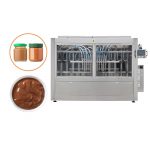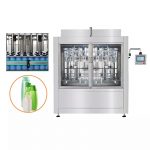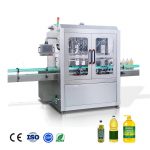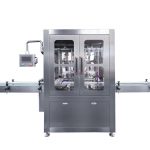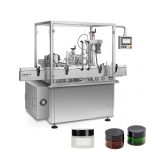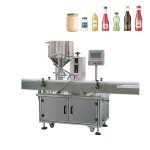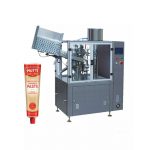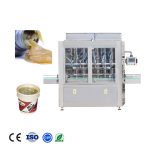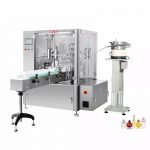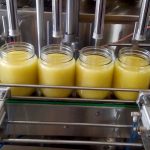A batter filling machine is a piece of equipment used in the food industry to accurately dispense and portion out batter, which is a liquid or semi-liquid mixture used in cooking and baking. Batter filling machines are commonly used in the production of baked goods such as cakes, muffins, and pancakes, as well as in the production of battered and fried foods such as chicken nuggets and onion rings. In this guide, we will provide an overview of the different types of batter filling machines available on the market, the features and capabilities of these machines, and how to select the right batter filling machine for your business.
Types of Batter Filling Machines
There are several types of batter filling machines available on the market, each designed to meet the specific needs and requirements of different businesses. Some of the most common types of batter filling machines include:
Semi-automatic Batter Filling Machines:
These machines are manually operated and require the operator to manually fill the batter into the machine. Semi-automatic batter filling machines are suitable for small- to medium-sized businesses with low to moderate production volumes.
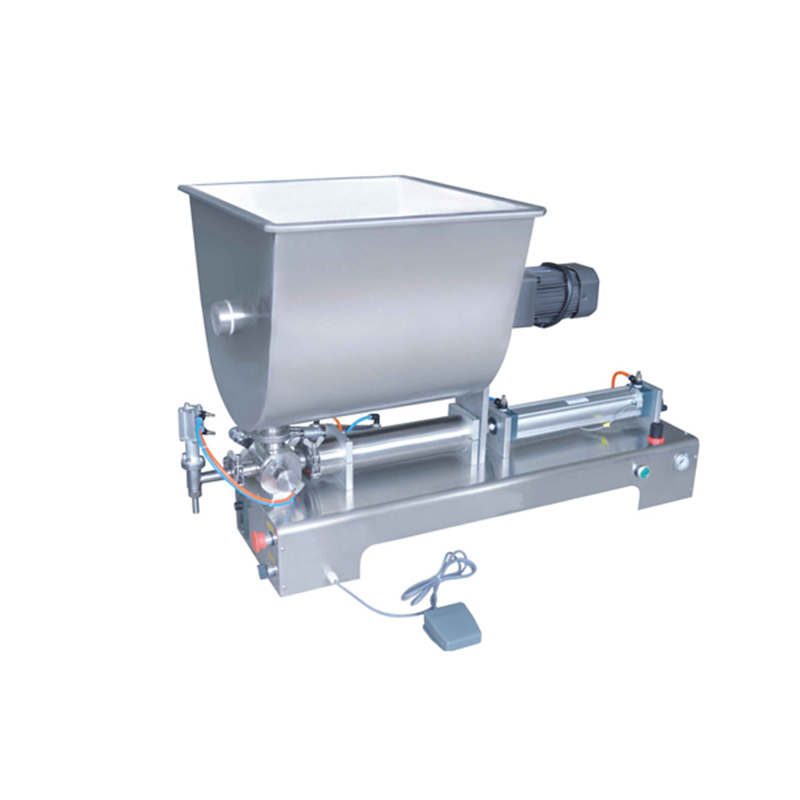
Automatic Batter Filling Machines:
These machines are fully automated and do not require the operator to manually fill the batter. Automatic batter filling machines are suitable for medium- to large-sized businesses with high production volumes.
Single-head Batter Filling Machines:
These machines have a single filling head and are suitable for filling small to medium-sized containers.
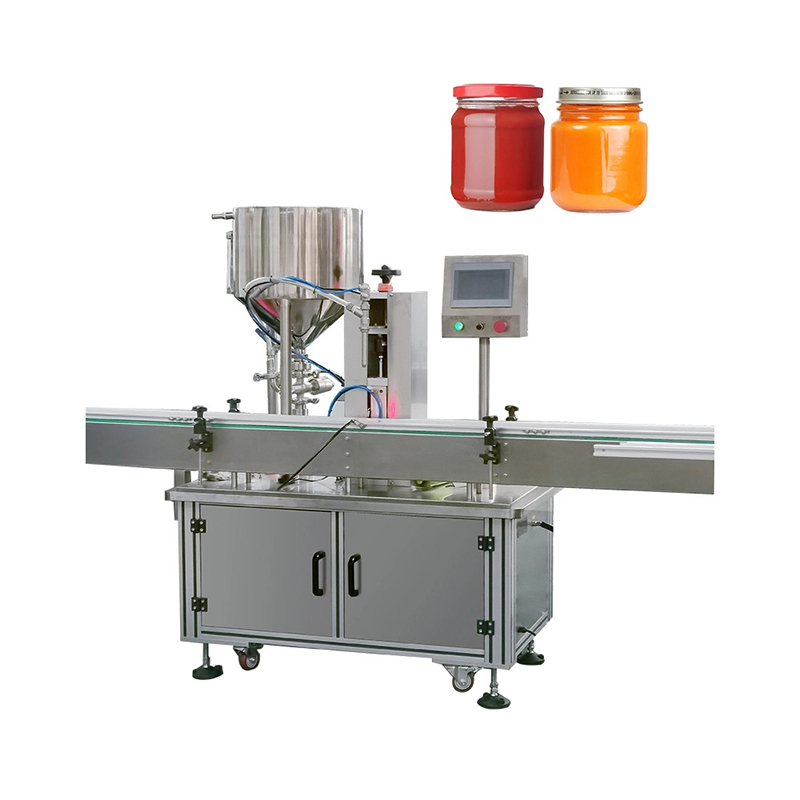
Multiple-head Batter Filling Machines:
These machines have multiple filling heads and are suitable for filling large containers or for filling multiple containers at the same time.
Features and Capabilities of Batter Filling Machines
Batter filling machines come with a range of features and capabilities to suit different production needs and requirements. Some of the key features and capabilities to consider when selecting a batter filling machine include:
- Production Capacity: The production capacity of a batter filling machine refers to the amount of batter it can produce in a given time period. This is an important consideration for businesses with high production volumes.
- Filling Accuracy: The filling accuracy of a batter filling machine refers to the precision with which it dispenses batter. This is an important consideration for businesses that require consistent and accurate portions of batter.
- Container Size: Batter filling machines are designed to work with specific container sizes. It is important to select a machine that is compatible with the size of the containers you will be using.
- Speed: The speed of a batter filling machine refers to the speed at which it can dispense and fill containers with batter. This is an important consideration for businesses with high production volumes.
- Ease of Use: The ease of use of a batter filling machine refers to how easy it is to operate and maintain. This is an important consideration for businesses with limited personnel or training resources.
- Cleaning and Maintenance: The cleaning and maintenance requirements of a batter filling machine will vary depending on the specific model. Some machines are easier to clean and maintain than others, which can be an important consideration for businesses with limited personnel or resources.
How to Select the Right Batter Filling Machine
When selecting a batter filling machine, it is important to consider the specific needs and requirements of your business. Some key factors to consider include:
- Production Volume: The production volume of your business will determine the size and capacity of the batter filling machine you need. If you have a high production volume, you will need a larger and more efficient machine.
- Container Size: As mentioned above, it is important to select a batter filling machine that is compatible with the size of the containers you will be using. If you have multiple container sizes, you may need to select a machine that is capable of filling a range of container sizes.
- Filling Accuracy: If you require consistent and accurate portions of batter, it is important to select a machine with a high filling accuracy. This is especially important for businesses that produce products for retail sale, as customers will expect consistent portion sizes.
- Speed: The speed of the machine will depend on the production volume of your business. If you have a high production volume, you will need a faster machine.
- Ease of Use: It is important to select a machine that is easy to operate and maintain, especially if you have limited personnel or training resources.
- Cleaning and Maintenance: Consider the cleaning and maintenance requirements of the machine when selecting a batter filling machine. Some machines may require more frequent cleaning and maintenance, which can be a burden on your business if you have limited personnel or resources.
- Budget: The cost of a batter filling machine will vary depending on the size, capacity, and features of the machine. It is important to consider your budget when selecting a machine, as well as the long-term cost of ownership, including maintenance and repair costs.
Conclusion
A batter filling machine is a valuable piece of equipment for businesses in the food industry that produce baked goods or battered and fried foods. These machines are designed to accurately dispense and portion out batter, which can improve efficiency and consistency in the production process. There are several types of batter filling machines available on the market, each with its own features and capabilities. When selecting a batter filling machine, it is important to consider the specific needs and requirements of your business, including production volume, container size, filling accuracy, speed, ease of use, cleaning and maintenance, and budget.

